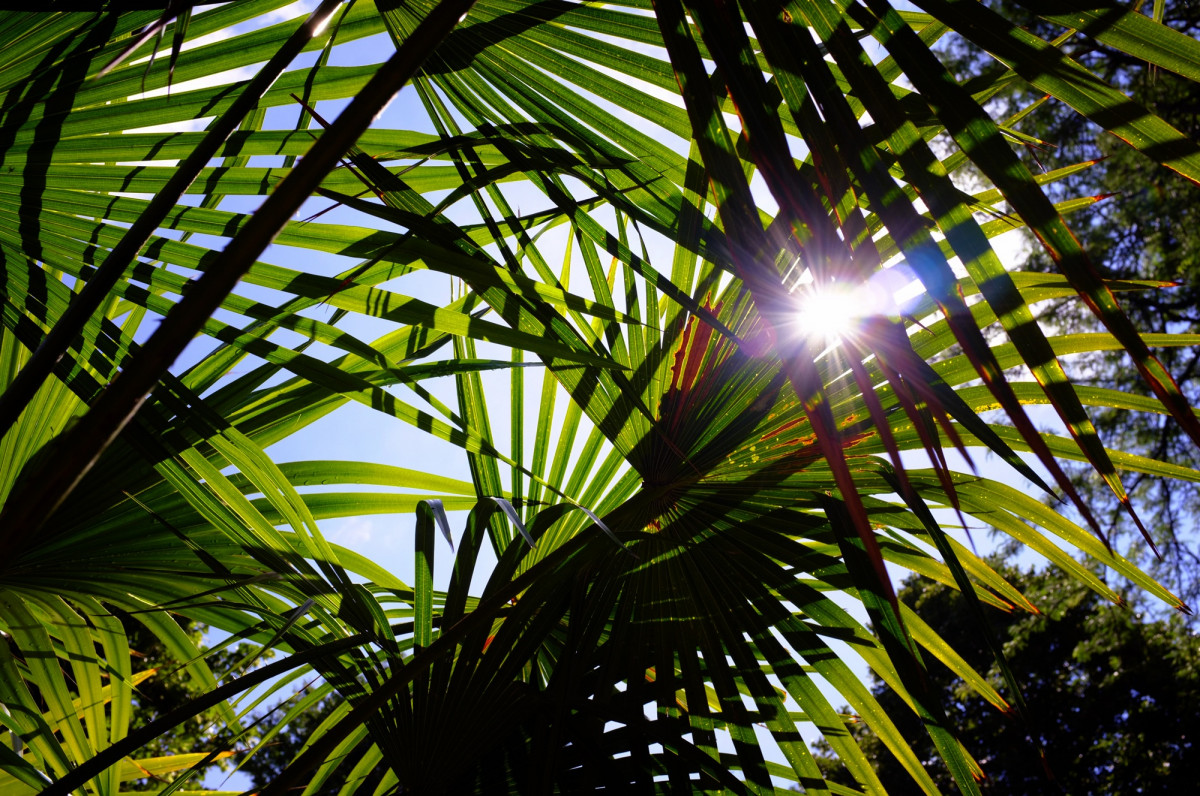It is said that a long time ago, when fishermen in the Maldives were fishing, they picked up a huge coconut from the sea, which looked exactly like a female pelvis. Imaginative fishermen speculated that it was the fruit of a huge tree growing on the bottom of the sea, and called it the sea coconut. It was not until the eighteenth century that people discovered that the sea coconut did not originally grow in the sea, but was a species endemic to the Republic of Seychelles. The sea coconut is one of the highest palm tree species in the world. The tree is 20-30 meters high, with fan-shaped leaves that are 7 meters long, resembling elephant ears. Because the whole tree is so huge, it is also called "the elephant in the tree". The sea coconut grows slowly, it takes 30 years to bloom, and it bears about 10 years after flowering. The fruit resembles a woman's pelvis. Its seeds are the longest, heaviest, and largest seeds in the world, and one seed can weigh up to 30 kilograms! The male and female plants of the sea coconut stand opposite each other. The roots of the trees are intertwined in the ground, like a couple in love. It is said that if one of the male and female plants is chopped, the other plant will die in love, so it is called by the local residents " The Tree of Love". Many young people believe that the sea coconut symbolizes love and regard Seychelles as a honeymoon resort. In 2011, Prince William and Princess Kate chose to spend their honeymoon there. The Minister of Foreign Affairs of Seychelles gave them a sea coconut as a gift. Sea coconuts can float on the sea, but they cannot travel far away with the sea. They only grow in Seychelles and are regarded as "national treasures" and "national trees" by Seychelles.
Random Posts
3/random/post-list
Recent in Sports
3/Sports/post-list
Popular Posts
Goddess Evolution Theory Nail Basic Care
March 31, 2021
Beautiful Wood Background Photos Free For Commericial Use
March 27, 2021
What are the poisonous foods in the world?
May 30, 2021
Menu Footer Widget
Designed with by Way2Themes | Distributed By Gooyaabi Templates



















































0 Comments